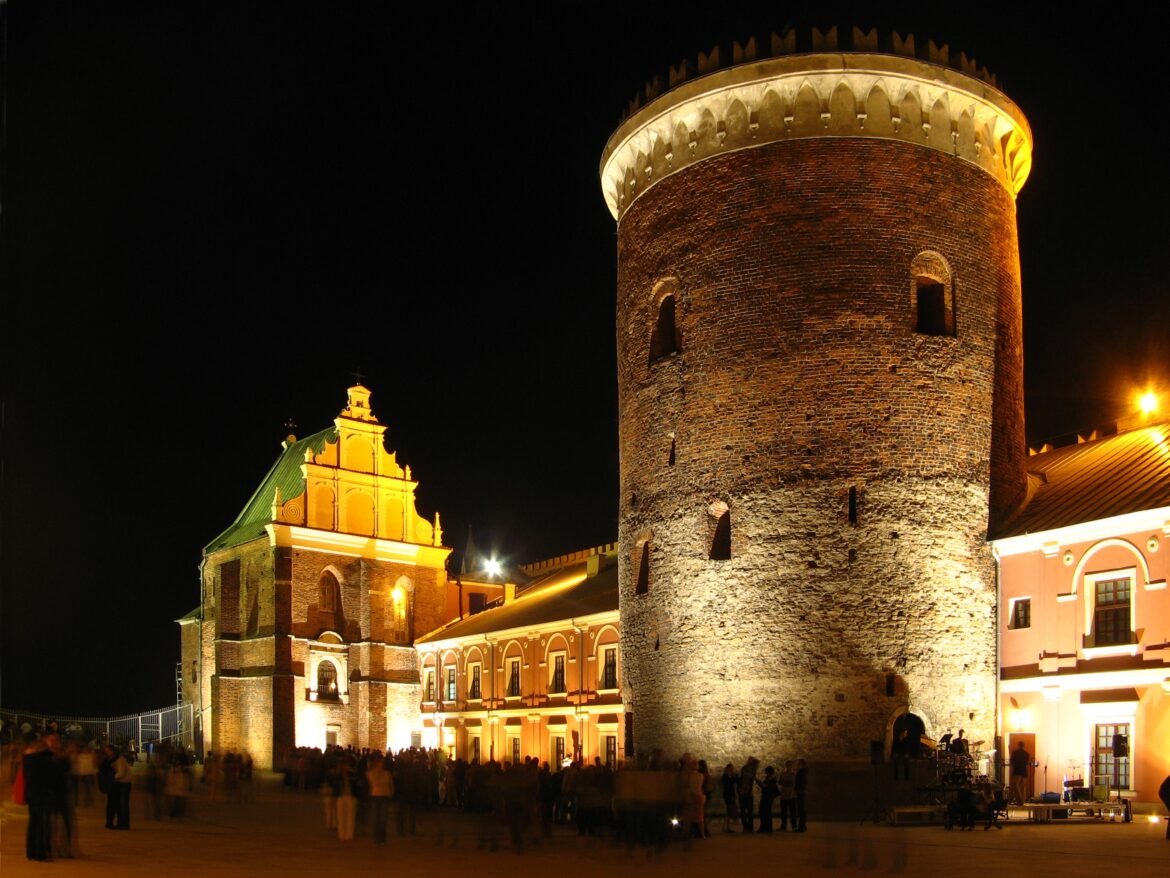The history of the Krakow-Vilnius trail dates back to the Middle Ages. It was traveled by kings, diplomats, knights, clergy, scientists, artists, officials and merchants. As the most important road through the territory of the Commonwealth, it bound not only Poland and Lithuania but also became one of the most important routes of the world at that time, connecting the West with the East.
In 1383, the Lithuanian Grand Duke Jagiełło granted Lublin merchants the privilege of free entry to Lithuania for commercial purposes. Soon, mutual envoys paved the way for the Polish-Lithuanian union. In 1386, Jagiełło left Vilnius for Krakow. After crossing the Polish-Lithuanian border, he came to Lublin, where he was met and supported by the Polish knights. Together with his retinue, he went to the then capital of Poland, where, after Catholic baptism and marriage with Queen Jadwiga, he obtained the promised crown of the Kingdom of Poland. This expedition began the glorious years of the route connecting the capitals of Poland and Lithuania. The name of the route was stemmed from the founder of the Jagiellonian dynasty.
It was also the beginning of efforts to create a joint Polish-Lithuanian state, which were crowned with the Union of Lublin, concluded in 1569 at the castle in Lublin. The Union was an innovative and lasting achievement of the Commonwealth’s legal system, based on republican values, tolerance and defense against enemies (primarily Moscow). From then on, both countries had one ruler, a common general parliament, defense and foreign policy, and coinage. The common state was inhabited by Poles, Lithuanians, Ruthenians, Jews, Armenians, Tatars, Scots and Germans.
In 1570, a map of the Commonwealth of that time by Andrzej Pograbka was published in Venice. The line connecting Krakow with Vilnius is well seen on the map. The analysis of historical sources allowed reconstructing various variants of the trail (all met in Lublin), popular for over two centuries.
The collapse of the old Polish “highway” was initiated by the transfer of the Polish capital to Warsaw in 1611. Nevertheless, the Jagiellonian route played a key role in the process of integration of Poland and Lithuania. Currently, it is getting again highly popular as an international tourist route. Both its ends, Krakow and Vilnius, are historic urban complexes entered on the UNESCO List.





